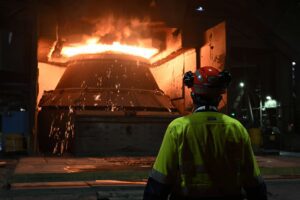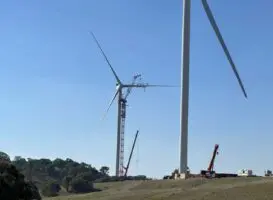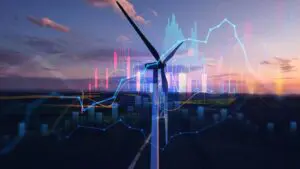A discovery by researchers at Western Australia’s Curtin University has opened the door to a potentially cheaper and more efficient method of large-scale renewable hydrogen production.
The research, detailed in a paper published in the journal Nano Energy, set out to explore alternatives to the precious metal catalysts, such as platinum, currently being used to accelerate the reaction when electricity is used to break water into hydrogen and oxygen, known as electrolysis.
“To overcome the limited potency of energy devices such as alkaline water electrolysers, the construction of active materials with dramatically enhanced oxygen evolution reaction (OER) performance is of great importance,” the study’s abstract said.
The team, led by Dr Guohua Jia, from Curtin’s School of Molecular and Life Sciences, found that using an ion diffusion-induced doping strategy to nickel and cobalt to cheaper, previously ineffective catalysts enhanced their performance.
This creation of a high-performing catalyst using low cost materials not only lowered the amount of energy required to split the water, but also increased the yield of renewble hydrogen produced, the team found.
“Our research essentially saw us take two-dimensional iron-sulfur nanocrystals, which don’t usually work as catalysts for the electricity-driven reaction that gets hydrogen from water, and add small amounts of nickel and cobalt ions,” Jia said.
“When we did this it completely transformed the poor-performing iron-sulfur into a viable and efficient catalyst.”
Jia said that using these more abundant materials was cheaper and more efficient than the current benchmark material, ruthenium oxide, which is derived from ruthenium element and is expensive.
“Our findings not only broaden the existing ‘palette’ of possible particle combinations, but also introduce a new, efficient catalyst that may be useful in other applications.”
Jia added that he thought that the advances in the production of hydrogen from electricity would help accelerate Australia’s transition to renewable energy.
“Only 21% of energy is produced from renewables in the national energy market, which clearly indicates more efforts are required from Australia to make a transition from fossil fuels to clean energy,” Jia said.
“But this shift is only possible when the knowledge from the research sector gets translated into real-world solutions and applications in the energy sector.”








